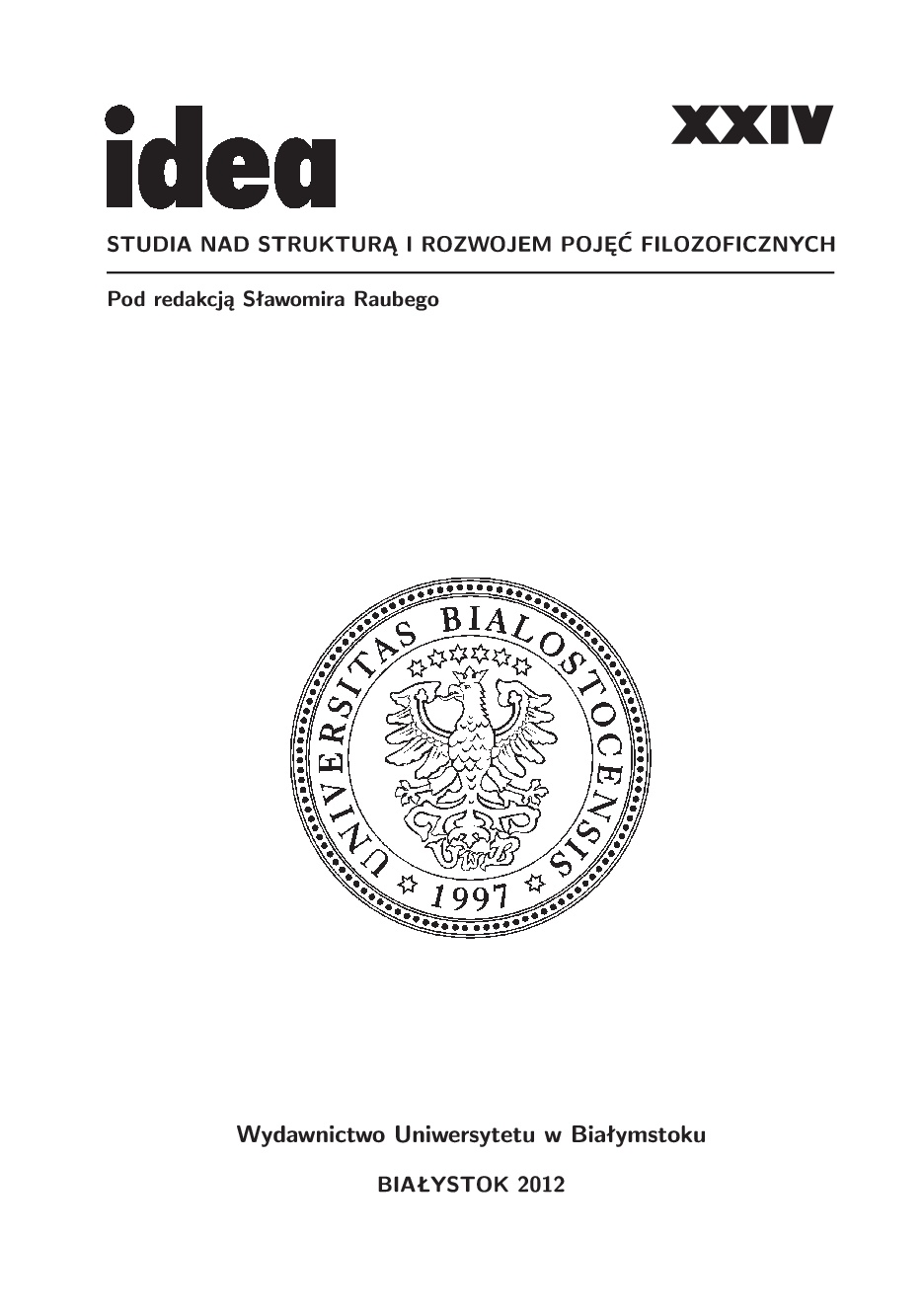Jardin revolutionnaire de zarathushtra, reflexion sur les revolutions de couleurou des fleurs
Revolutionary garden of Zarathustra, reflection on the revolutions of color or flowers
Author(s): Małgorzata GrygielewiczSubject(s): Government/Political systems, Transformation Period (1990 - 2010), Peace and Conflict Studies
Published by: Wydawnictwo Uniwersytetu w Białymstoku
Summary/Abstract: Color revolutions is a term which was widely used to describe related movements that developed in several societies in the CIS (former USSR) and Balkan states during the early 2000s. The term has also been applied to a number of revolutions elsewhere, including the Middle East. Participants in the color revolutions have mostly used nonviolent resistance, also called civil resistance. Such methods as demonstrations, strikes and interventions have been intended protest against governments seen as corrupt and authoritarian, and to advocate democracy; and they have also created strong pressure for change. These movements generally adopted a specific color or flower as their symbol. The color revolutions are notable for the important role of non-governmental organizations (NGOs) and particularly student activists in organizing creative non-violent resistance. Such movements have had a measure of success, for example: The Rose Revolution in Georgia (2003), The Orange Revolution in Ukraine (2004), The Tulip Revolution in Kyrgyzstan, also sometimes called the “Pink Revolution” (2005), Blue Revolution in Kuwait (2005), Green Revolution in Iran (2009), Jasmine Revolution in Tunisia (2010–2011).
Journal: Idea. Studia nad strukturą i rozwojem pojęć filozoficznych
- Issue Year: 1/2012
- Issue No: XXIV
- Page Range: 315-322
- Page Count: 8
- Language: French

